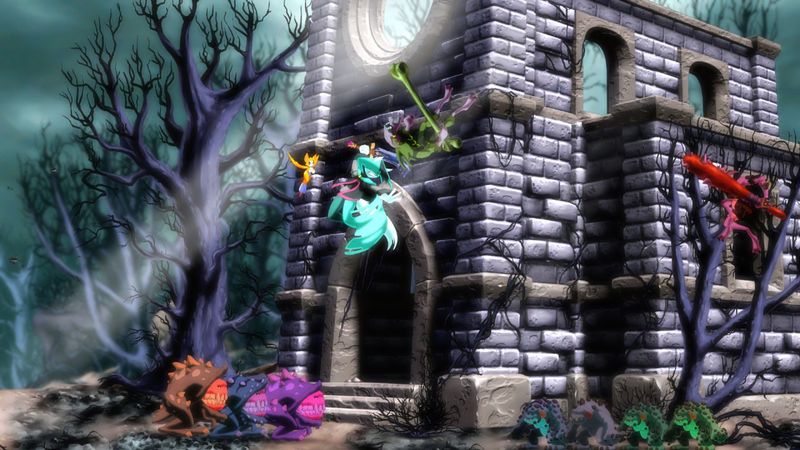I dove into Dust: An Elysian Tail with high expectations and emerged impressed by its artful blend of classic action and deep exploration. I have always sought challenging titles that demand skill and strategy. This game delivers on both fronts, managing to combine a visually striking world with refined gameplay mechanics that appeal to dedicated gamers like myself.
Overall Impression
Playing Dust felt like stepping into a painter’s canvas. The hand-painted backgrounds and vibrant character designs immediately drew me in. This artistic style stands out even against modern titles. Although the art can sometimes feel overly whimsical, it never detracts from the overall experience. I appreciate how the visuals complement the atmospheric soundtrack. In many ways, the graphics set a high standard that enriches the tone and immersion throughout the journey.
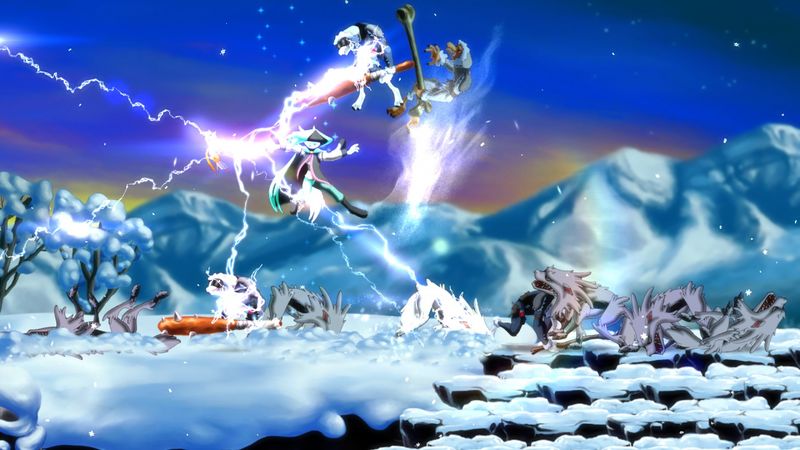
Gameplay Mechanics
The gameplay mechanics in Dust shine with simplicity that masks unexpected depth. I enjoyed the combat system, which, while straightforward, offers enough complexity to satisfy players who crave a challenge. The controls are responsive, and the dodge and attack patterns require timely inputs and precise movements. This creates thrilling moments when you finally sync your attacks in a seamless combo. However, a few mechanics could use refinement. At times, I noticed that the combat did not allow for elaborate combo chains. One player mentioned a desire for more combos, and I share that sentiment. While the simplicity has its charm, a deeper move list would have elevated the experience further.
The game runs with a metroidvania spirit that rewards exploration. In fact, every new corner of the map brings hidden upgrades or lore that enriches the storyline. Notably, I noticed that each environment transitions smoothly from peaceful glades to snowy mountaintops, producing a natural progression. As a result, I found that this world-building enhances replayability. The challenge remains fresh on subsequent playthroughs as secret paths and character abilities unlock new possibilities. Even so, even after finishing the main quest, I felt tempted to explore all the secrets I had missed.
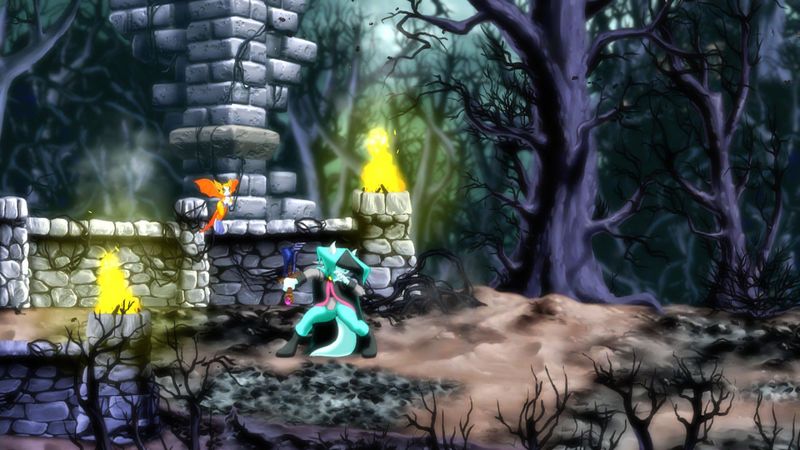
Story and Characters
Dust’s narrative slowly unfolds as you progress through its beautifully designed world. The storyline centers on Dust’s quest for identity, an introspective exploration that resonates with many players. I appreciated how the narrative balanced mystery and emotion without overwhelming gameplay with lengthy cutscenes. Although some players criticized the voice acting and narrative delivery as secondary, I felt that the overall story was enriched by the lore embedded in the environments and subtle character interactions. Supporting characters add to the charm through quirky dialogues and skillful banter. Their presence helps create a multi-layered narrative that keeps the experience personal and engaging.
Word Design
One standout aspect of Dust is its world design. The developers at Humble Hearts LLC crafted an experience that remains almost poetic in its gentle narration and challenge. I learned that this project was largely developed by one passionate individual, once hailed as one of the best XBLA-era experiences. This backstory adds an extra dimension of appreciation for the game’s artistry. It is remarkable how creativity and determination can lead to such a cohesive and enjoyable product.
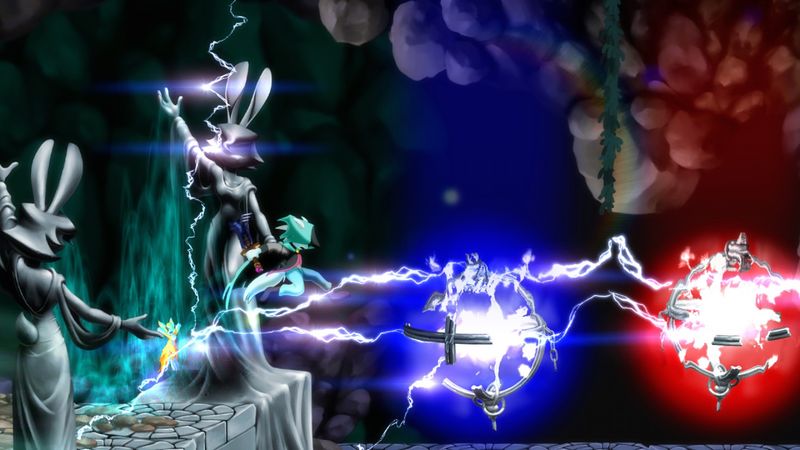
Sound and Music
Sound and music play a pivotal role in setting the tone of Dust: An Elysian Tail. I found the soundtrack to be both haunting and uplifting, complementing the emotional beats of the story. Each melody reinforces the connection between the hero and his hidden past. The sound effects are meticulously crafted, with every clash in combat resonating crisply. Although one user pointed out the occasional technical distraction—such as the mouse pointer issue in windowed mode—these minor flaws never pulled me out of the immersive experience. It is clear that the sound design, in collaboration with the visuals, creates a memorable audio-visual synergy that elevates the entire gameplay experience.
Difficulty and Replayability
In terms of difficulty and replayability, Dust struck a delicate balance. The combat, although simple in its core mechanics, requires careful timing and strategic planning. I found the challenge rewarding without leaning towards frustration. The enemy encounters push you to evaluate your skills and experiment with combat variations. Additionally, hidden items and secret paths encourage exploration long after you complete the narrative arc. Many players, including myself, have revisited the game to uncover every detail. This replayability factor significantly increases the game’s long-term appeal.

Final Thoughts
As a professional gamer dedicated to mastering complex systems, I can say that Dust: An Elysian Tail shines as an example of how indie titles can stand shoulder-to-shoulder with mainstream experiences. It offers a crafted balance of exploration, combat, and narrative that continues to impress even years after its 2013 release. I enjoyed every moment navigating its mysterious world, and it is clear that a labor of love went into every pixel and code line.
The game’s minor drawbacks do little to detract from its overall value. Aside from the narrow issue some players face with mouse clicks outside of windowed mode, the experience remains flawless. The occasional wish for deeper combo mechanics does surface, but not enough to diminish the overall pleasure of play. It is a testament to Humble Hearts LLC’s skill that a nearly lone developer could deliver a robust metroidvania experience that has earned very positive reviews for both recent and all-time ratings.
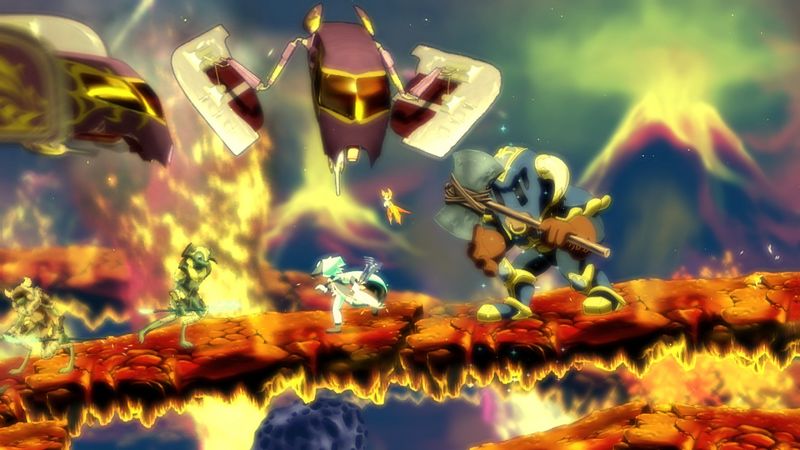
I also acknowledge that Dust: An Elysian Tail might not suit every playstyle. For those who prefer more intricate combat systems, the game might seem a bit too simplistic. However, I found that its straightforward mechanics allow for strategic depth in positioning and timing. In this respect, the game caters well to the hardcore audience that values precision and timing in action-packed sequences. This balance shows the developers’ intent to create a game that is both accessible and challenging.
Technology enthusiasts might appreciate the rich backstory of Dust’s development. The creative effort of a nearly sole developer in a competitive market is something to hold in high regard. Such a story inspires a fresh appreciation for indie games in a market dominated by large studios and extensive budgets.
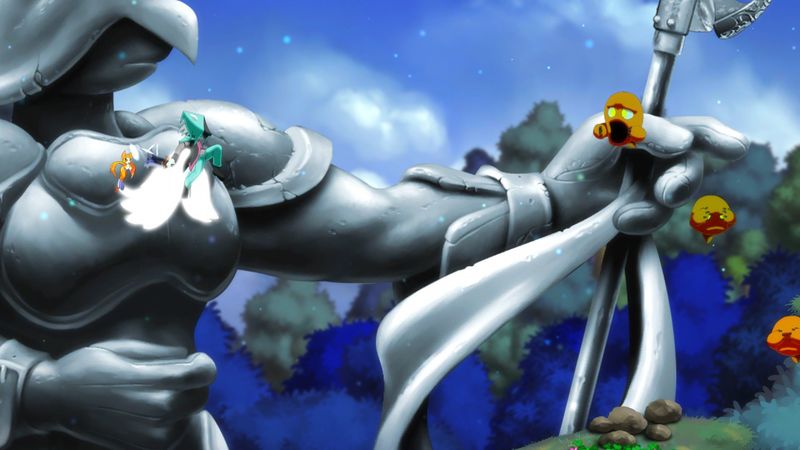
Conclusion
Dust: An Elysian Tail is a hidden gem that deserves praise among fans of the metroidvania genre. Its hand-painted visuals, engaging narrative, and robust exploration mechanics create a memorable experience. The game stands out as an impressive example of indie game creativity. I give Dust: An Elysian Tail a solid 4 out of 5 stars. It is an essential play for geeks who value both artistic design and refined gameplay. If you appreciate games with passion, innovation, and a carefully woven narrative, Dust will not disappoint.
I remain excited about indie titles like this one. Dust: An Elysian Tail keeps its charm despite minor imperfections. Every moment spent in its evolving world is rewarding. I encourage dedicated gamers to experience this masterpiece and appreciate the story behind every stroke of art and every line of code.
